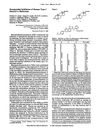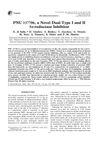Heavy duty finasteride that comes with higher risks, but scalp injections seem safe and are gaining popularity
Frontline, gold standard treatment for combatting androgenic alopecia
diabetes drug with anti-inflammatory, immunomodulatory, and insulin-sensitizing properties

![Synthesis and in vitro study of 17β-[N-ureylene-N,N′-disubstituted]-4-methyl-4-aza-5α-androstan-3-ones as selective inhibitors of type I 5α-reductase](/images/research/d19df8a7-8de6-4430-8a0d-4ffa1f502985/small/15608.jpg)


